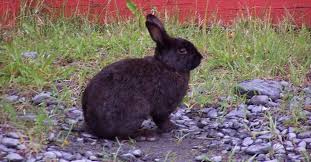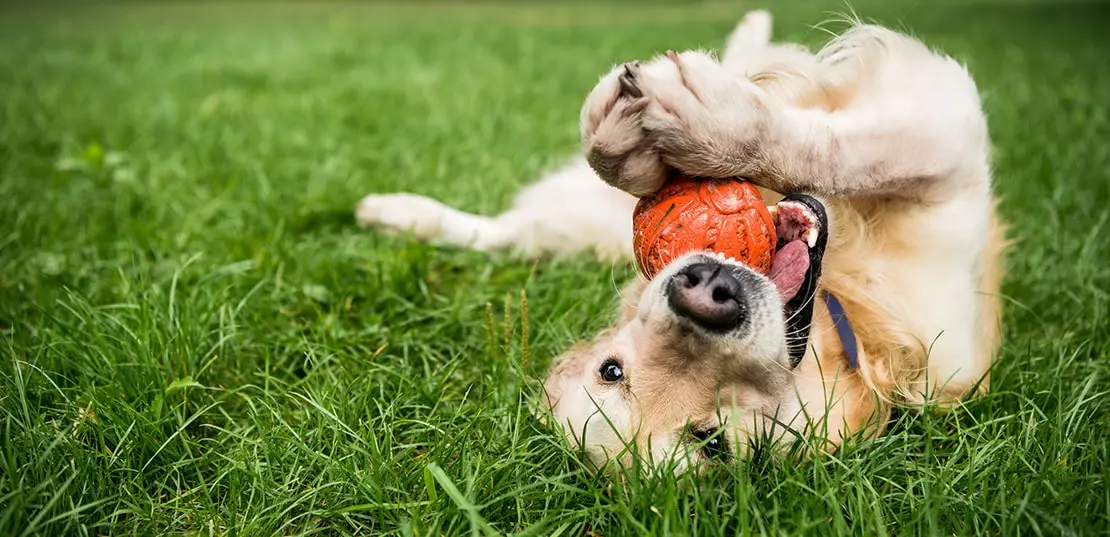
Alaska Rabbit
Conditions of detention
Alaska rabbits need a spacious and secure hutch or cage with ample space for movement. They enjoy having a clean, dry area with bedding such as straw or hay. The hutch should be placed in a well-ventilated area away from direct sunlight and drafts.
Useful Fact: Alaska rabbits are more comfortable in cooler climates due to their dense, dark fur, so ensure their living environment is kept cool, especially during summer.
Nutrition and diet
The diet of an Alaska rabbit should primarily consist of high-quality hay, fresh vegetables, and a controlled amount of rabbit pellets. Freshwater should always be available.
Useful Fact: Dark leafy greens like romaine lettuce, kale, and parsley are excellent sources of nutrition, but avoid giving them too much spinach or iceberg lettuce.
Health
Alaska rabbits are generally healthy but can be prone to obesity and dental issues if not properly managed. Regular health checks and a balanced diet are essential.
Useful Fact: Check your rabbit’s teeth regularly to prevent malocclusion, a common dental problem where teeth grow unevenly, which can cause discomfort and eating difficulties.
Grooming and care
With their dense, short fur, Alaska rabbits require minimal grooming. Brushing once a week is typically sufficient to remove loose fur and prevent matting.
Useful Fact: During shedding season, increase brushing to several times a week to help manage their coat and reduce the risk of hairballs from self-grooming.
Education and training
Alaska rabbits are intelligent and can be litter trained relatively easily. Patience and positive reinforcement are key.
Useful Fact: Start litter training by placing hay in the litter box, as rabbits like to eat and eliminate simultaneously.
Toys and entertainment
Provide plenty of chew toys, tunnels, and digging opportunities to keep an Alaska rabbit mentally stimulated. They enjoy exploring and can be curious about their surroundings.
Useful Fact: Cardboard boxes and untreated wood blocks make excellent, inexpensive toys that satisfy their need to chew and explore.
Safety
Ensure that your rabbit’s living space is free from hazards like electrical cords, toxic plants, and small objects that can be swallowed.
Useful Fact: Always supervise your rabbit during playtime outside the cage to prevent accidents or ingestion of harmful materials.
Accessories
Essential accessories include a water bottle, a sturdy food dish, a litter box, and a few hiding spots or shelters within their enclosure.
Useful Fact: Ceramic dishes are ideal for food as they are difficult for rabbits to tip over and are easy to clean.
Socialization
Alaska rabbits are social animals that thrive on interaction. They enjoy the company of humans and other rabbits, making them great companions.
Useful Fact: Introduce new rabbits to each other gradually in a neutral space to prevent territorial aggression and to ensure a smooth bonding process.
Travel and Transportation
When traveling, use a secure carrier that allows the rabbit to stand and turn around comfortably. Place soft bedding inside to keep them comfortable.
Useful Fact: To minimize stress during travel, cover the carrier with a light cloth to create a dark, secure environment.
Behavior and psychology
Alaska rabbits are known for their calm, friendly nature. They can be quite affectionate and enjoy being petted, making them ideal pets for families.
Useful Fact: These rabbits are crepuscular, meaning they are most active during the early morning and late evening, so plan playtimes accordingly.
Legal aspects
Generally, there are no specific legal restrictions on owning Alaska rabbits, but it is always a good idea to check local regulations or homeowners’ association rules.
Useful Fact: Some regions may have restrictions on breeding rabbits or require a license, so it’s essential to research and comply with local laws.


